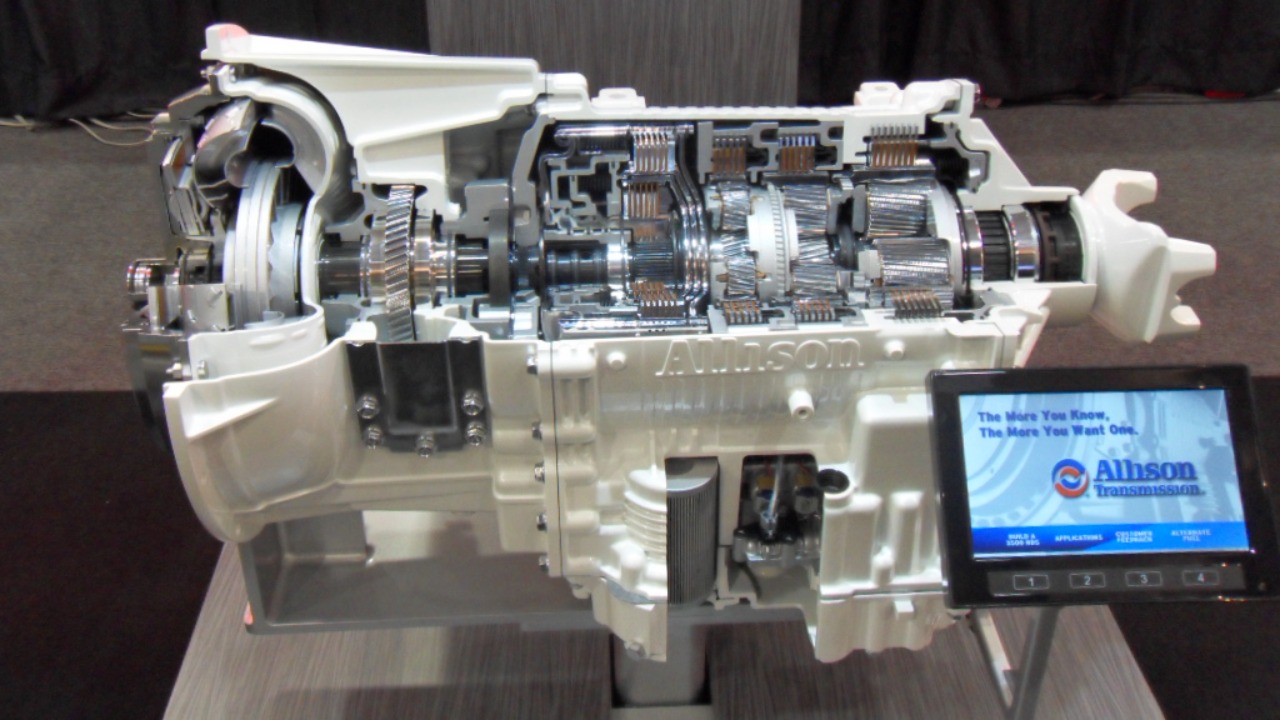
The marriage of Allison transmissions and Cummins engines captivates many diesel enthusiasts and professionals alike. Both brands are celebrated for their durability and robust performance, making them a sought-after combination. The burning question is whether an Allison transmission can be effectively paired with a Cummins engine. Let’s delve into the feasibility, benefits, and considerations of such an alliance.
Understanding Allison Transmissions and Cummins Engines
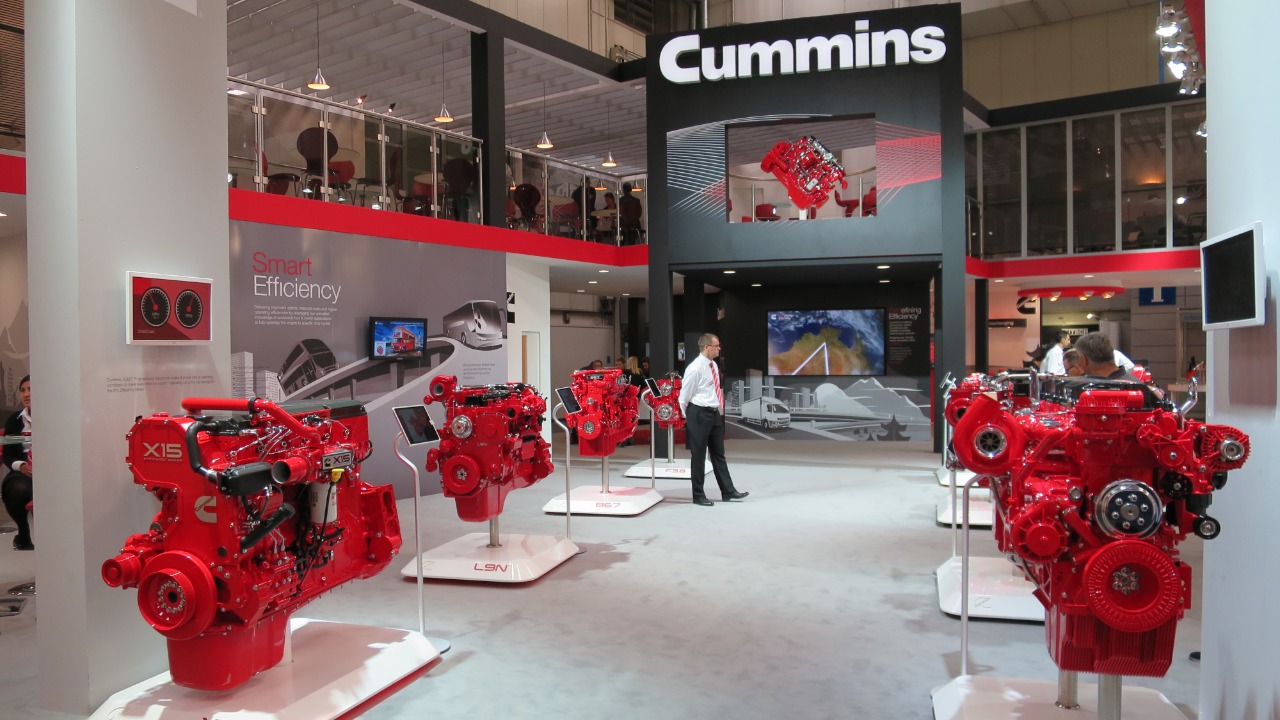
Overview of Allison Transmissions
Allison transmissions have built a solid reputation over the decades, known for their reliability and efficiency in a variety of applications. Whether in commercial trucks, buses, or military vehicles, Allison transmissions have consistently delivered high performance. Their automatic transmission systems are engineered to handle high torque, making them ideal for heavy-duty scenarios. Innovations like adaptive shift controls and prognostics for maintenance have made Allison a leader in the field, ensuring that their transmissions are not only tough but also smart.
The Cummins Engine Legacy
Cummins engines are synonymous with power and durability. Known for their use in commercial and industrial sectors, Cummins engines are designed to deliver high performance over long distances and under grueling conditions. Their legacy is built on innovation, with a focus on creating engines that are not only powerful but also fuel-efficient and environmentally friendly. The compatibility of Cummins engines with various transmission systems further enhances their appeal, making them a versatile choice for different vehicles.
Technical Feasibility of Pairing
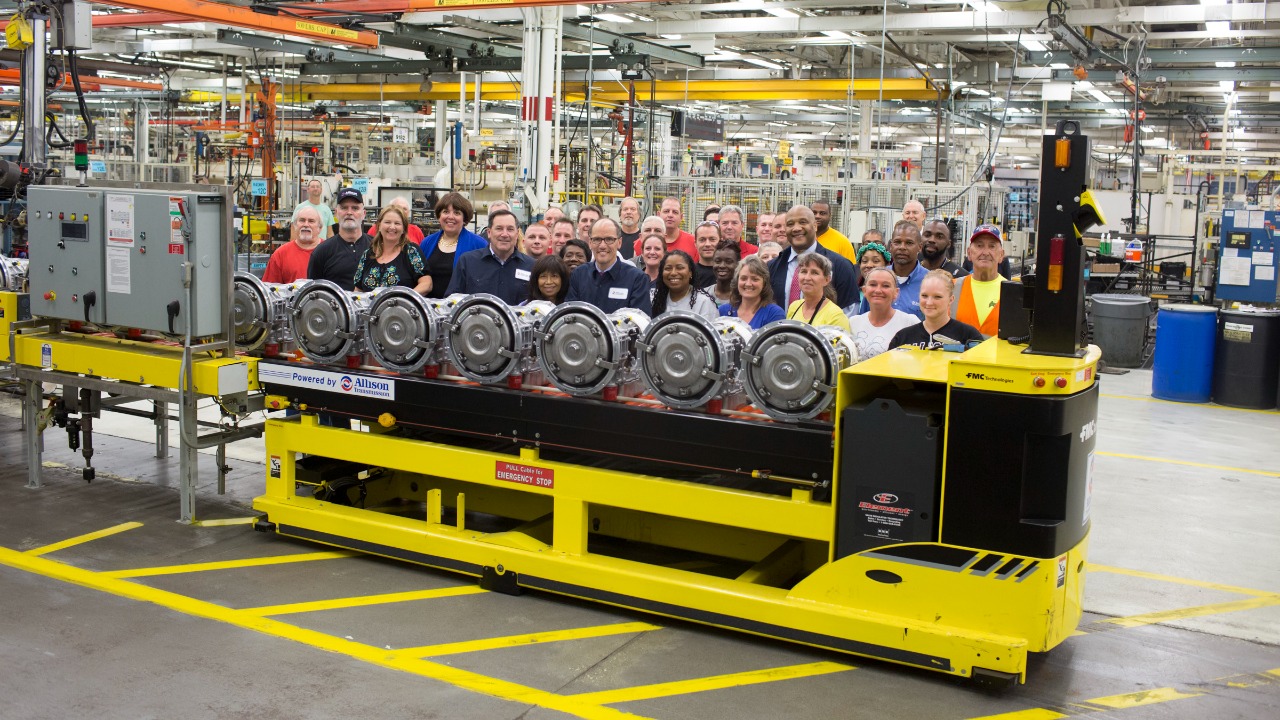
Compatibility Considerations
The technical feasibility of pairing an Allison transmission with a Cummins engine requires careful consideration of compatibility. Key technical requirements include the alignment of transmission bell housings and engine blocks, as well as ensuring that electronic control modules (ECMs) are compatible. Often, modifications or adaptations are necessary to facilitate a seamless integration. For instance, custom mounts or adapters might be required to ensure a proper fit between the transmission and engine.
Conversion Kits and Solutions
Fortunately, the market offers solutions like the ATS Diesel Full Allison Conversion Kit, which provides a comprehensive package for converting certain Cummins-powered vehicles to accommodate an Allison transmission. These kits are designed to simplify the process, offering components that address both mechanical and electronic integration issues. Real-world applications have shown these kits to be effective, with users reporting enhanced performance and reliability after installation.
Performance and Efficiency
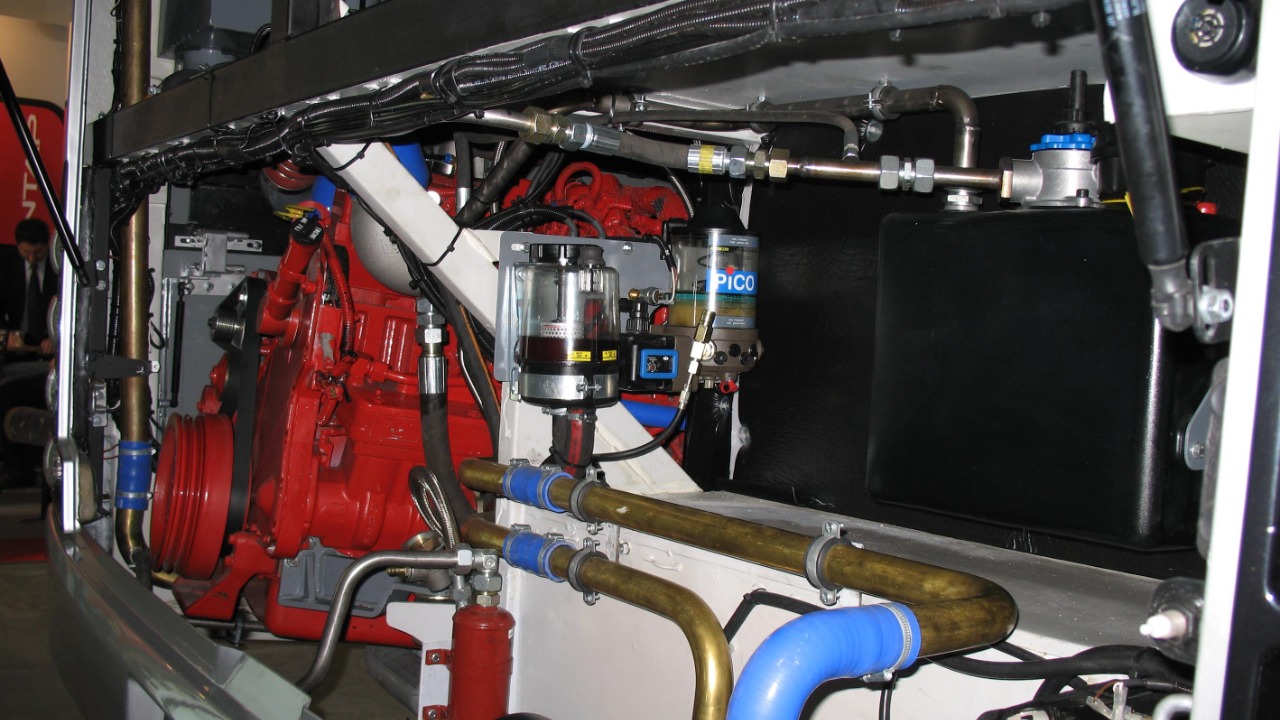
Enhancements in Vehicle Performance
Pairing an Allison transmission with a Cummins engine can significantly enhance vehicle performance. Allison’s advanced transmission systems are known to improve torque and horsepower delivery, which translates to better acceleration and towing capacity. This combination is particularly beneficial in demanding driving conditions where maximum power is required. Drivers often report a notable difference in handling, with smoother gear shifts and improved response times.
Fuel Efficiency and Emissions
The integration of these two systems can also lead to improvements in fuel efficiency. Allison transmissions are designed to optimize shift patterns, which can reduce fuel consumption, particularly in stop-and-go traffic or under heavy loads. Additionally, the combination of an Allison transmission with a natural gas-powered Cummins engine has shown promising results in reducing emissions, as explored in industry tests. This makes the pairing a viable option for fleets looking to adhere to stringent environmental standards.
Applications and Case Studies
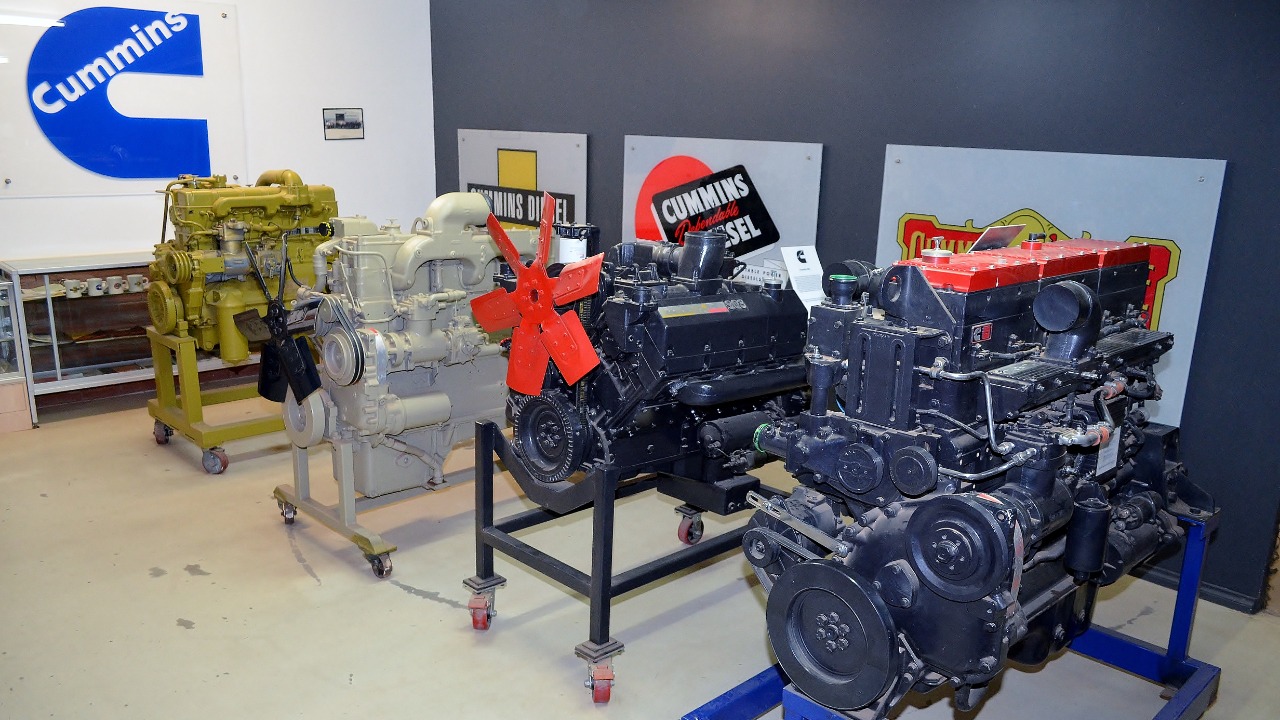
Real-World Examples and Success Stories
In the real world, there are numerous success stories of Allison transmissions being paired with Cummins engines. For example, many commercial fleets have made this switch to enhance their operations. Operators have reported increased uptime and reduced maintenance costs, attributing these benefits to the robust nature of both the transmission and engine. Case studies documented by Fleet Equipment Magazine highlight the positive outcomes and industry feedback from these implementations.
Industry Testing and Innovations
The combination of Allison transmissions with Cummins engines is not only popular but also a subject of ongoing testing and innovation. Industry leaders are continuously exploring new technologies to improve this pairing, focusing on enhancing performance and efficiency. These innovations are documented in technical papers such as those published by SAE International, which discuss advancements and future trends in this area.
Considerations and Challenges
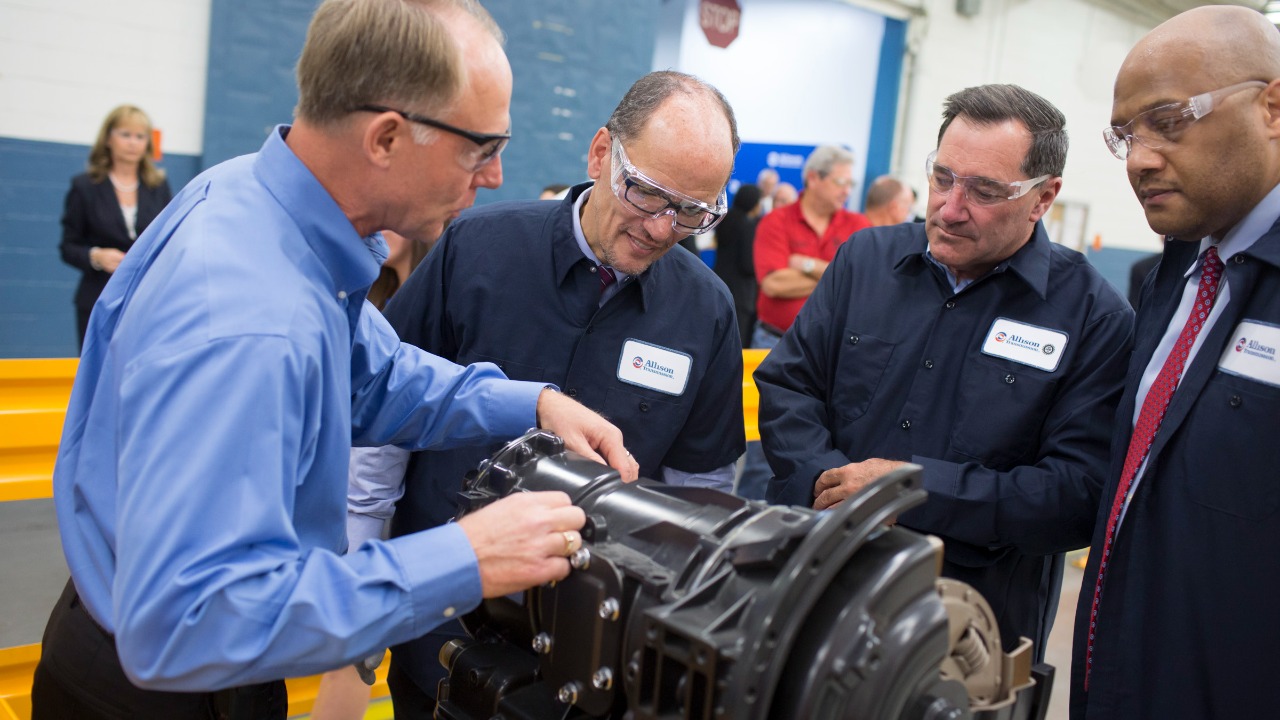
Cost and Investment
While the benefits of converting to an Allison-Cummins setup are numerous, it is essential to consider the financial implications. The initial investment for conversion kits and potential modifications can be substantial. However, many businesses find that the long-term savings in terms of fuel efficiency, maintenance, and increased vehicle lifespan offer a favorable return on investment. Evaluating these factors is crucial for companies considering this upgrade.
Potential Challenges and Limitations
Despite the advantages, there are challenges and limitations to be aware of. The conversion process can be complex, requiring technical expertise and time. Potential issues such as alignment problems or electronic integration conflicts can arise, necessitating troubleshooting and adjustments. Fortunately, resources and expert advice are available to overcome these hurdles, making the transition smoother for those willing to invest the effort.